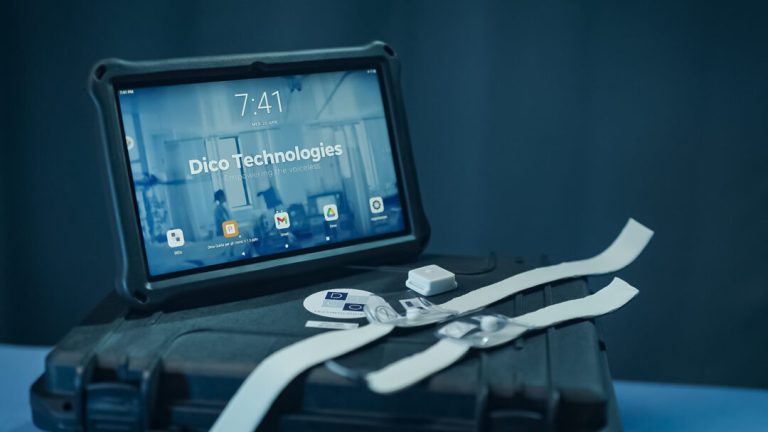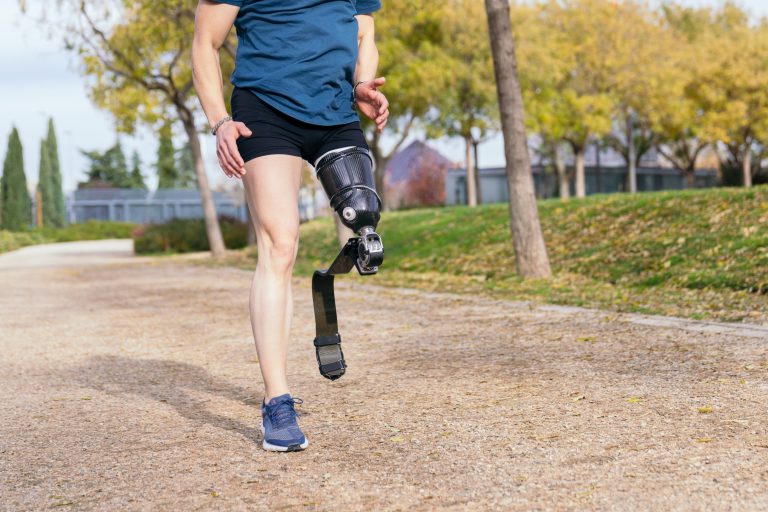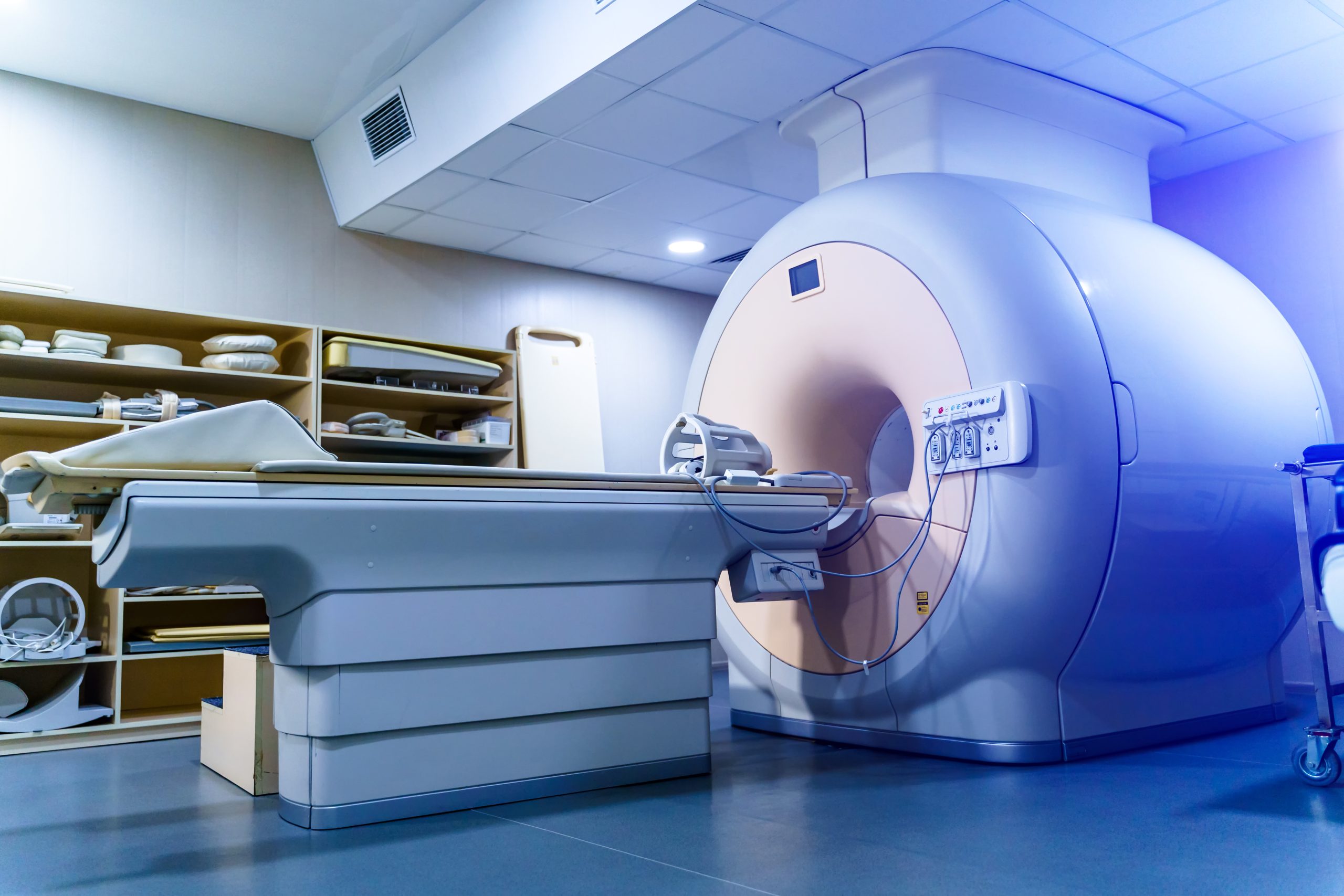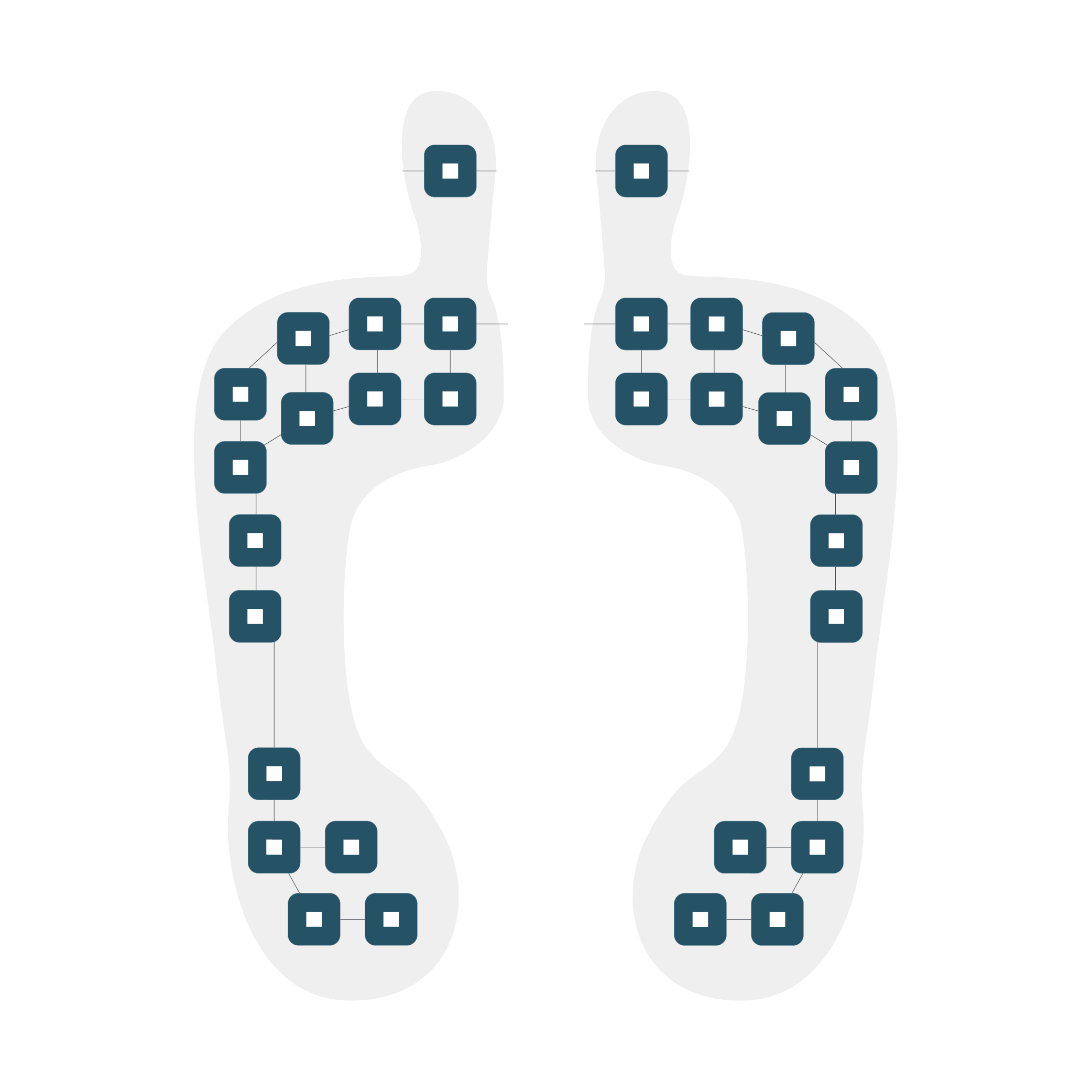As medical and technological advancements have surged forward, the idea of merging the two for a more precise method of monitoring and treating various medical conditions was raised. One solution lies in inertial sensing and sensor fusion AI algorithms for motion sensing, which is explored in this article.
Enhancing Patient Care with Real-Time Insights
In the biomedical context, inertial sensing and sensor fusion AI algorithms are used in various applications, including gait analysis, fall detection, activity monitoring, posture assessment, and motion tracking. These technologies enable healthcare professionals to gather real-time, objective data about patients’ movements and behaviors, for improved clinical decision-making and personalized treatment strategies.
Inertial sensing involves the measurement of an object’s acceleration and angular velocity using inertial sensors such as accelerometers and gyroscopes. These sensors detect changes in motion and orientation, providing valuable data about an object’s movement in three-dimensional space. Meanwhile, sensor fusion AI algorithms integrate data from multiple sensors to enhance reliability. For example, the sensor fusion algorithms at the heart of our NeuraSense combine multiple sensor inputs to enable deeper insights and better accuracy. NeuraSense builds a layer of embedded AI on these algorithms that provides pattern recognition, event detection and context awareness.
Biomedical Devices that Leverage Inertial Sensing
Something as simple as a Hospital Bed can also leverage smart sensors for patient comfort and safety. IMUs monitor the stability and angle of the bed for patient comfort and help to maintain ideal recovery positions when needed. At the same time, pressure sensors can be used to identify zones of high pressure and protect those areas of a patient’s body that are susceptible to certain conditions like bed sores or ulcerations.

Dico Technologies Augmentative & Alternative Communication (AAC) device translates movements into letters, words, sentences, drawings, and answers. This allows patients, for example, those who are unable to speak because of intubation or tracheostomy in ICU, to communicate with loved ones and caregivers using an alternative method.
After a short training period, the device equipped with sensor fusion AI algorithms, which is attached to a limb, can translate various movements into words and sentences that the patient intends to communicate.
Gait Analysis and Rehabilitation
One of the primary applications of sensor fusion AI in biomedical settings is gait analysis. By analyzing the way individuals walk, researchers and clinicians can assess musculoskeletal health, identify abnormalities, and track disease progression. Inertial sensors attached to different parts of the body capture movement data, which is then processed using sophisticated algorithms to extract valuable insights.
Gait analysis is central in rehabilitation programs for patients recovering from injuries or surgeries, as well as individuals with neurological disorders such as Parkinson’s Disease or a stroke. By monitoring gait patterns over time, healthcare professionals can tailor interventions to improve mobility, balance, and overall quality of life.

Fall Detection and Prevention
Another important application of inertial sensor fusion is fall detection and prevention, particularly in elderly populations. Falls pose a significant health risk for older adults, often leading to injuries, hospitalizations, and long-term disability. By equipping individuals with wearable inertial sensors, healthcare providers can detect falls in real-time and alert caregivers or emergency responders promptly.
Sensor fusion AI algorithms aid in fall detection systems by analyzing sensor data to distinguish between normal activities and fall events accurately. These algorithms leverage machine learning (ML) techniques to recognize patterns associated with falls, improving detection precision. By intervening quickly after a fall occurs, healthcare providers can minimize the risk of complications for elderly patients.
Activity Monitoring and Health Assessment
Inertial sensing and AI algorithms also enable continuous activity monitoring and health assessment outside traditional clinical settings. Wearable devices equipped with inertial sensors can track daily activities, exercise routines, sleep patterns, and physiological parameters, providing valuable insights into patients’ overall health and well-being.
For individuals with chronic conditions such as cardiovascular diseases, diabetes, or obesity, continuous monitoring offers opportunities for early intervention and preventive care. Sensor fusion AI algorithms analyze data from multiple sensors to detect subtle changes in behavior or physiology that may indicate deterioration in health status. Using these insights, healthcare providers can intervene proactively to manage chronic conditions and reduce the risk of complications.
Mobilise-D: A Study in Gait Analysis in Older Adults
The Mobilise-D project represents a pioneering push in the field of gait analysis, leveraging sensor fusion AI to advance our understanding of mobility-related disorders and improve patient care. Funded by the European Union, it aims to develop innovative solutions for assessing and monitoring gait impairments in older adults. Particularly, those with respiratory illnesses, neurogenerative diseases, neuroinflammatory diseases, osteoporosis/sarcopenia, or cardiac pathologies.
At the heart of the Mobilise-D project is the integration of wearable inertial sensors, such as our MITCH research sensor platform, with sophisticated AI algorithms that provide comprehensive gait analysis in real-world settings. By equipping participants with wearable devices, researchers can capture detailed motion data during everyday activities, allowing for a more holistic assessment of mobility and function.
One of the key objectives of the Mobilise-D project is to develop personalized interventions tailored to the specific needs of individuals based on their gait analysis results. By integrating sensor data with clinical assessments and patient-reported outcomes, researchers can provide targeted interventions aimed at improving mobility, balance, and daily life.
The Mobilise-D project represents a paradigm shift in how we approach gait analysis and mobility assessment, moving beyond traditional lab-based methods to real-world, longitudinal monitoring. By sharing findings and best practices, the project fosters collaboration among researchers, clinicians, industry partners, and policymakers, promoting healthy aging worldwide.
The Sensing AI Effect
Despite the numerous benefits of sensor fusion AI in biomedicine, challenges do remain. These include ensuring data privacy and security, addressing interoperability issues, and optimizing algorithms for specific clinical applications. Additionally, there is a need for further research to validate the effectiveness of many of these technologies in diverse patient populations and healthcare settings.
Emerging technologies such as wearable biometric sensors, edge AI, and cloud-based analytics hold promise for further enhancing the capabilities of these systems. By collaborating across disciplines and taking advantage of data-driven insights, researchers and clinicians will have access to novel methods of improving patient care and advancing medical science.

